
And it wasn’t my fault, not where I was nor how I was dressed. The rapist was you. They’re the cops. The judges. The state. The president
Those are lines from the song “Un violador en tu camino” (A rapist in your path), by the Chilean group Las Tésis Collective, which has resonated in the hype and voices of other groups of protesters around the world.
There is another rapist who could be added to the song’s list, one who is much more common in women’s lives, but until a few decades ago, he wasn’t even viewed that way. That rapist is the husband, the boyfriend, the emotional partner: any partner.
That’s what Jodie Elliot went through after getting married when she was 16. A decision her mother made for religious reasons when she ended up pregnant by her boyfriend, eight years her senior.
During 2018 in Guanacaste, 1,047 girls younger than 15 years old became mothers. Only one father in that same age range was reported
She never thought that he would turn into the rapist she would have to face constantly when he came home drunk. She also never imagined that a few months after the wedding, she would be hiding the sharp objects in her house before he would threaten her if she didn’t agree to have sexual relations with him.
I’d tell him plain and simple that I didn’t want to. Then he’d get angry and start hitting things and striking the ground with a machete,” recalled Jodie. “I ended up giving in out of fear. So I couldn’t feel peace yet until he fell asleep.”
This type of violence is known as marital rape.
A Problem in a Vacuum
Article 29 of the Criminalization of Violence Against Women Law (LPVcN for the Spanish acronym) establishes that “whoever inserts the penis orally, anally or vaginally into a woman with whom he maintains a marriage relationship, in a domestic partnership, registered or not, against her will, he will be punished with a prison sentence of twelve to eighteen years.”
But in at least 43 countries in the world, marital rape still isn’t considered a crime.
How many women in the country have suffered from it? There are no approximate numbers that give us an idea close to the reality since the Judiciary doesn’t collect information about the relationship that exists between victims and perpetrators.
The Judiciary has been asked to separate it even by sex, age and other conditions, much less so do they keep records of whether the rape is by the partner,” said psychologist and former coordinator of violence prevention programs at the National Women’s Institute (INAMU), Ana Hidalgo.
Although it hasn’t happened yet, the head of the judiciary branch’s Technical Gender Secretariat, Jeannette Arias, told The Voice of Guanacaste that the institution is working to collect more separated data on complaints about rapes, including the type of relationship.
They will also include details that define the vulnerability condition of the people, such as if they are part of the LGBTIQ+ population, indigenous people and disabled.
Although the numbers are lacking, identifying and reporting these types of rapes are key to creating awareness of the seriousness of the problem, explained Hidalgo. It’s also necessary to prosecute these criminals and put an end to impunity.
In Latin America and the Caribbean, rates of sexual violence against women inflicted by their partner fluctuated between 5% and 15%, according to a comparative analysis of surveys by the Pan American Health Organization.
“No” Is an Option
The specialist Ana Hidalgo explained that these situations have been normalized because they begin with the logic that having sexual relations is part of the couple’s duties.
“It was unimaginable that a woman wouldn’t want to have sexual relations with her husband. The very concept of sexual freedom didn’t reach the area of married life,” she added.
But consent is necessary in any relationship.
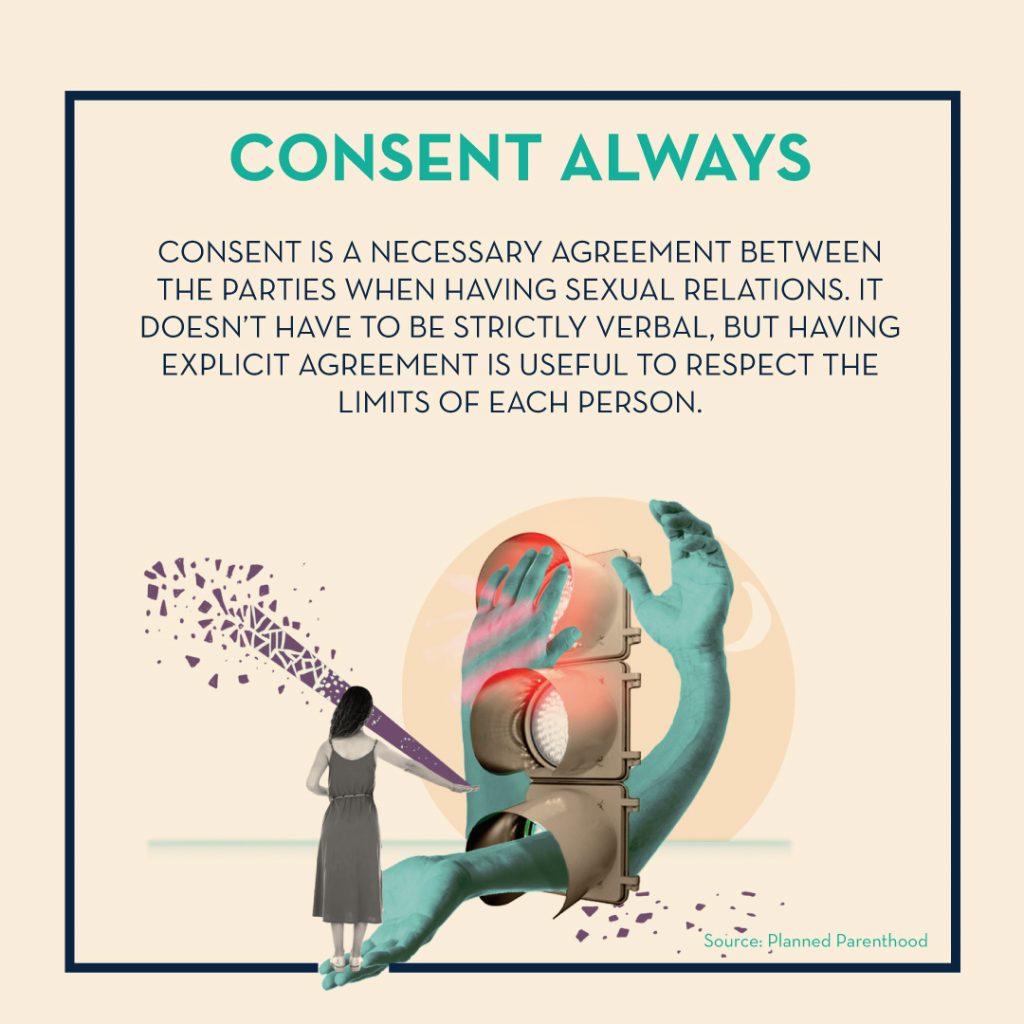
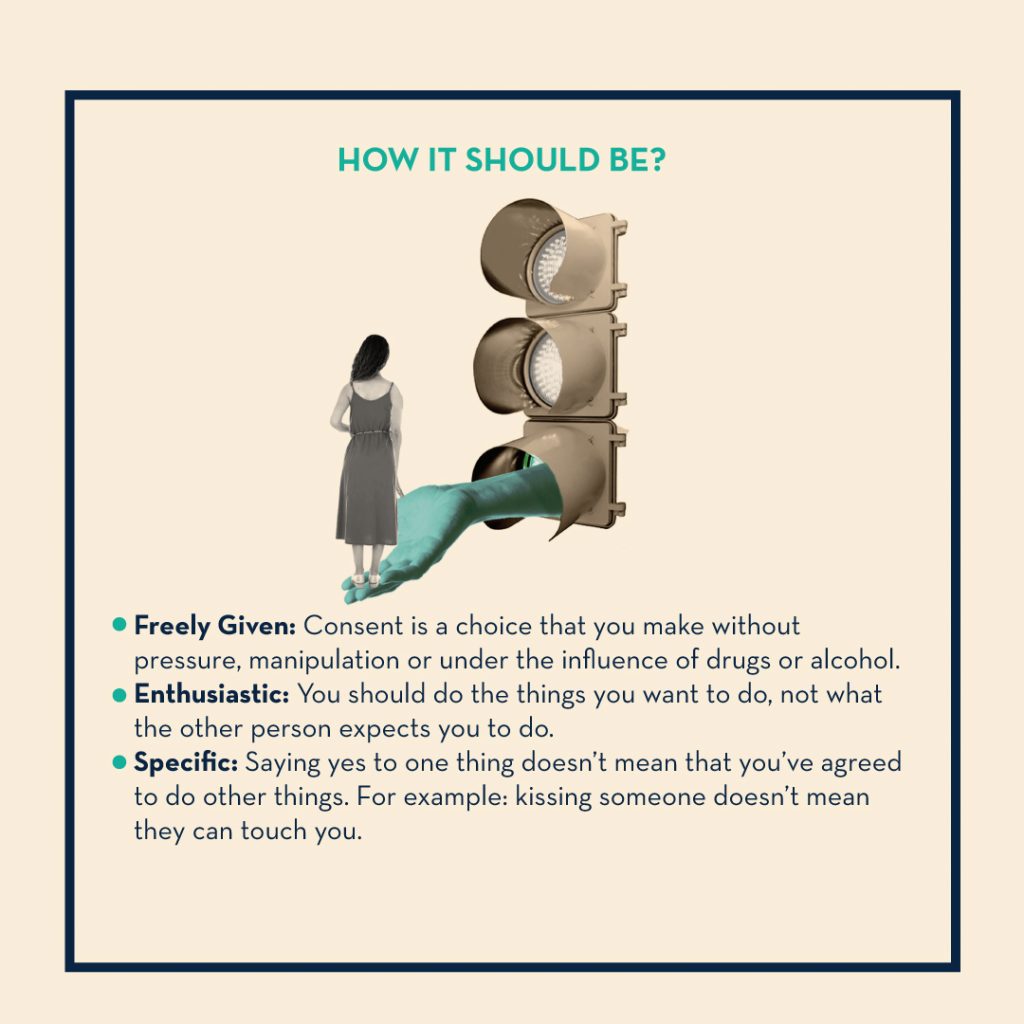
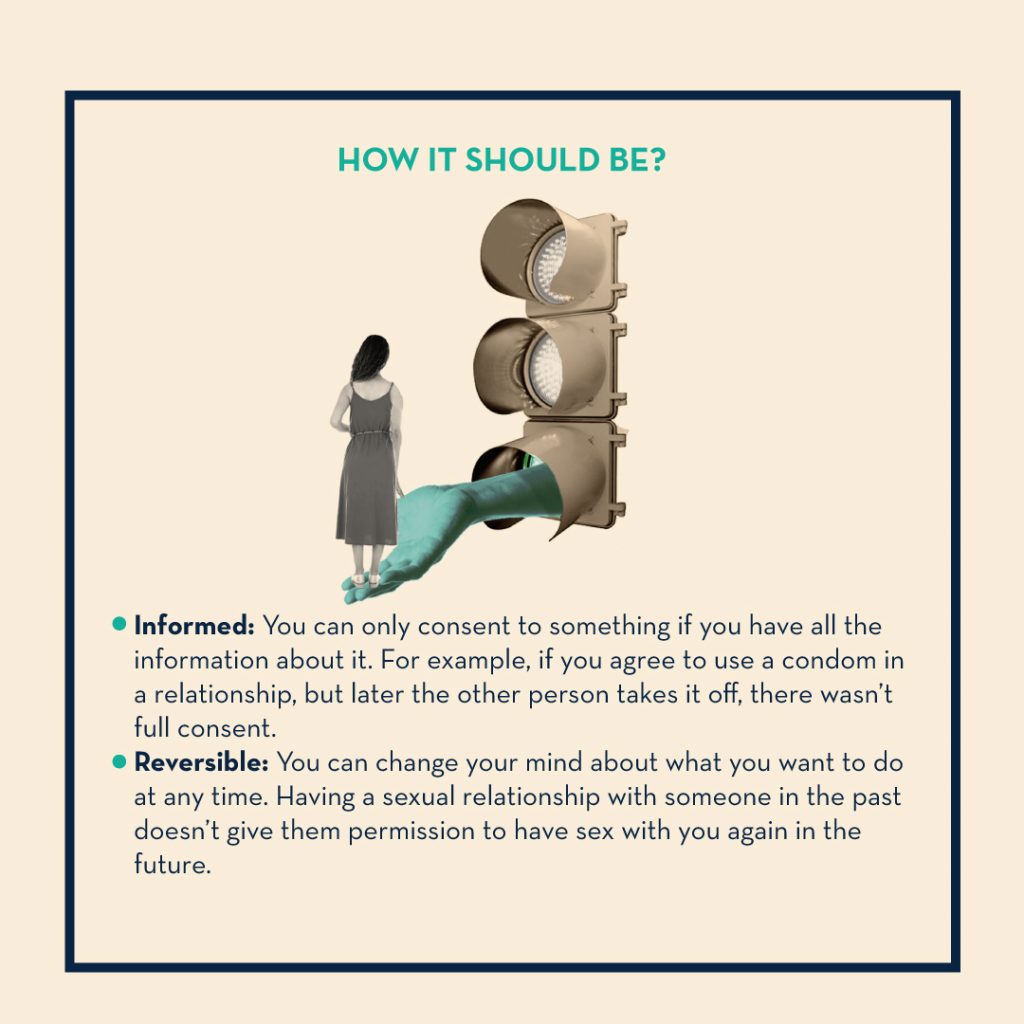
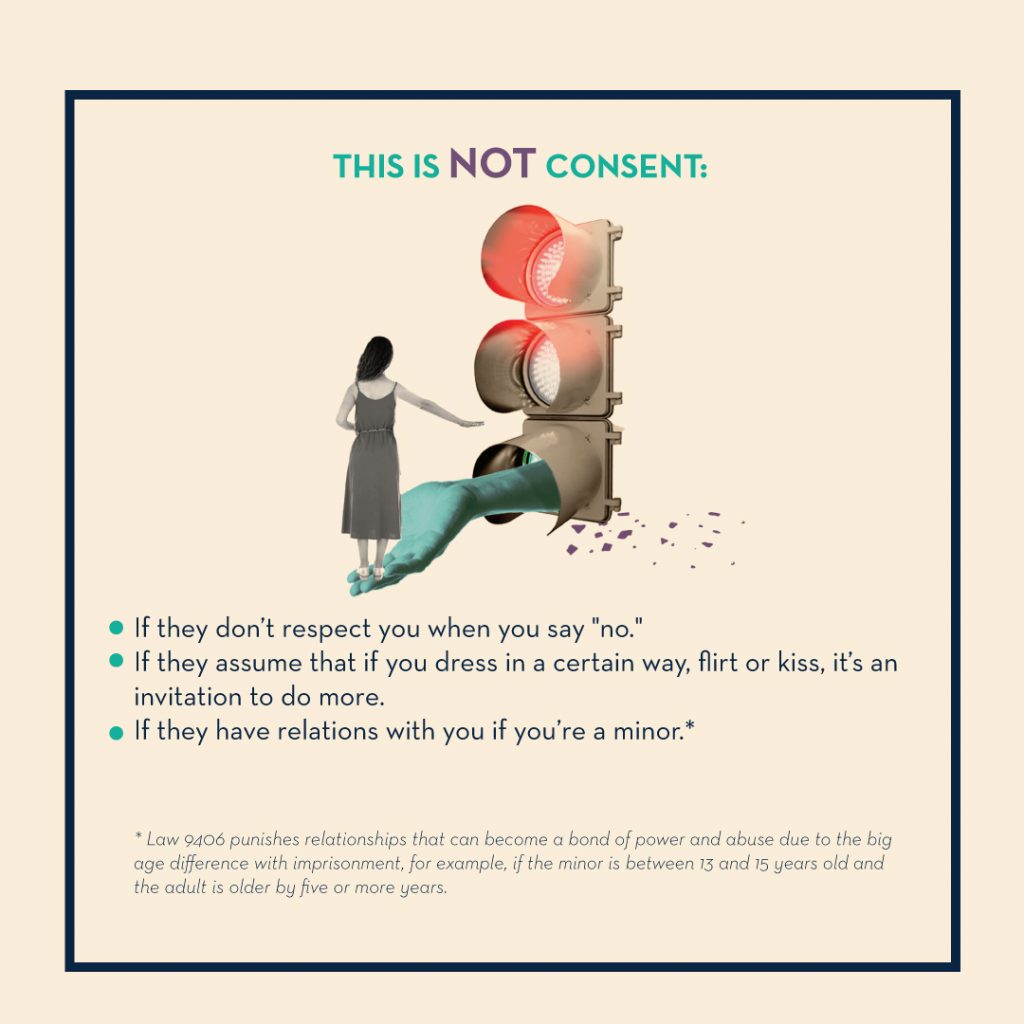
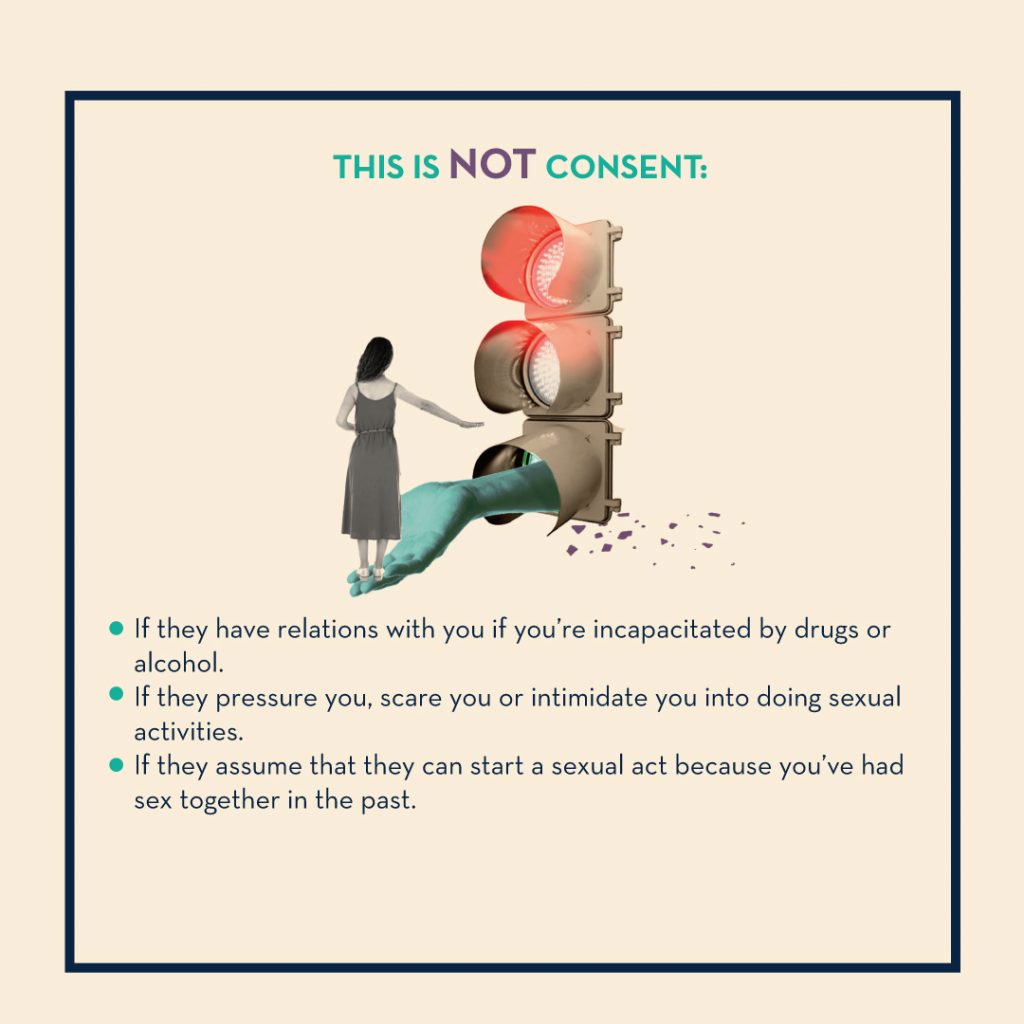
The specialist believes that some women don’t talk about this problem because they see it as a taboo subject. From her professional experience, she has felt more openness when they talk about psychological or physical abuse than when they talk about what happens to them in privacy. Jodie agrees.
I couldn’t allow someone to feel like the owner of my body because he was my husband. And the craziest thing is that you go and tell [someone] that, and they don’t believe you. And aside from them not believing you, it’s embarrassing to say it. That’s the hardest part,” she recalled.
After a while, Jodie decided to leave her house and file a domestic violence complaint after her husband beat her for refusing to have sexual relations with him. She never accused him of the rapes that she endured in court.
The authorities issued a restraining order due to the domestic violence charge, but her ex-husband never respected it.
Take the step
Psychologist Ana Hidalgo emphasized that a first step to identifying and reporting sexual violence between couples is to speak with someone close to you. Later, she recommends calling the guidance and counseling service for women offered by 911.
“Giving it a name, what is happening isn’t good, it’s called rape. And based on that recognition and that support that she can receive, she’ll start to decide what actions to take herself,” explained Hidalgo.
Jodie is now 30 years old. She studied business administration and is an entrepreneur. She said that she wasn’t able to identify the rapes that she survived until a couple of years ago, when she started taking an INAMU human training workshop.
I didn’t know that I was being sexually violated and the lack of information hurts a lot. Society accepts that you were raped only when you are devastated or when you’re dead,” she criticized.
She is grateful for the companionship from the workshops, feeling a sense of belonging and above all, that they believe her.


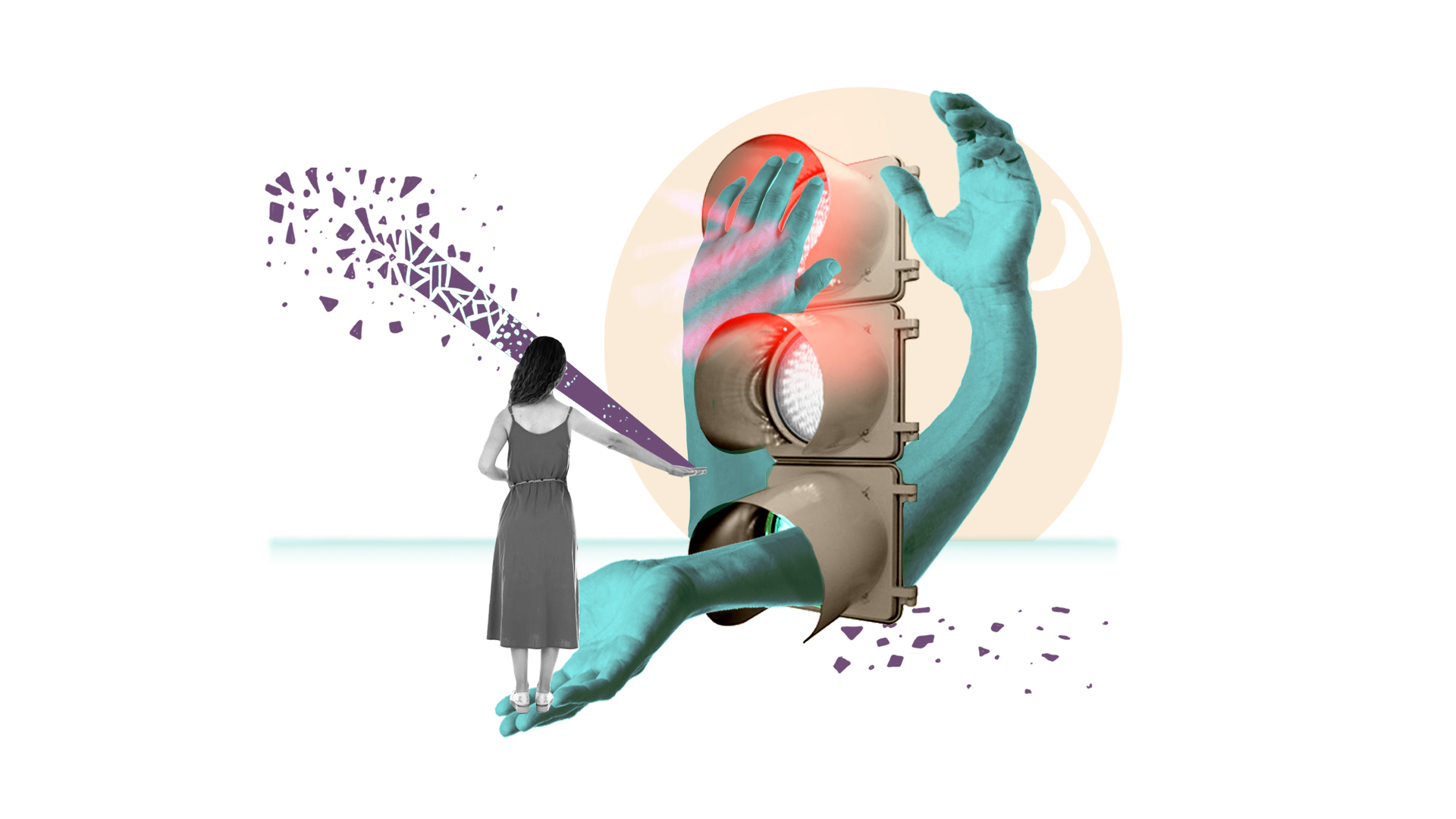
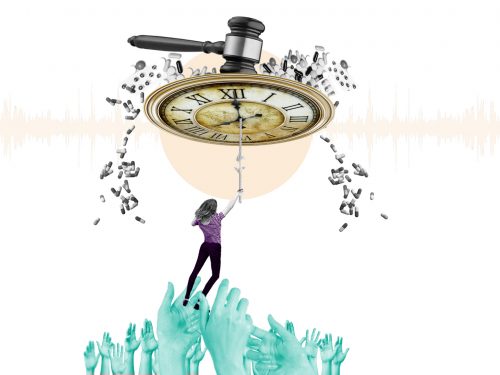
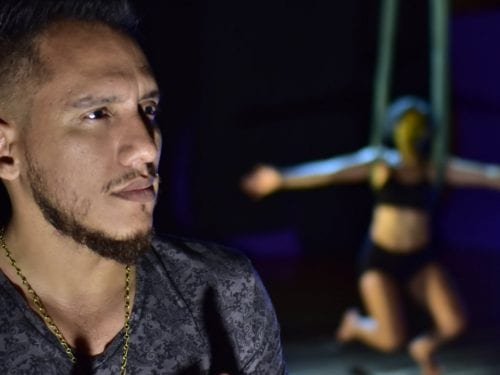
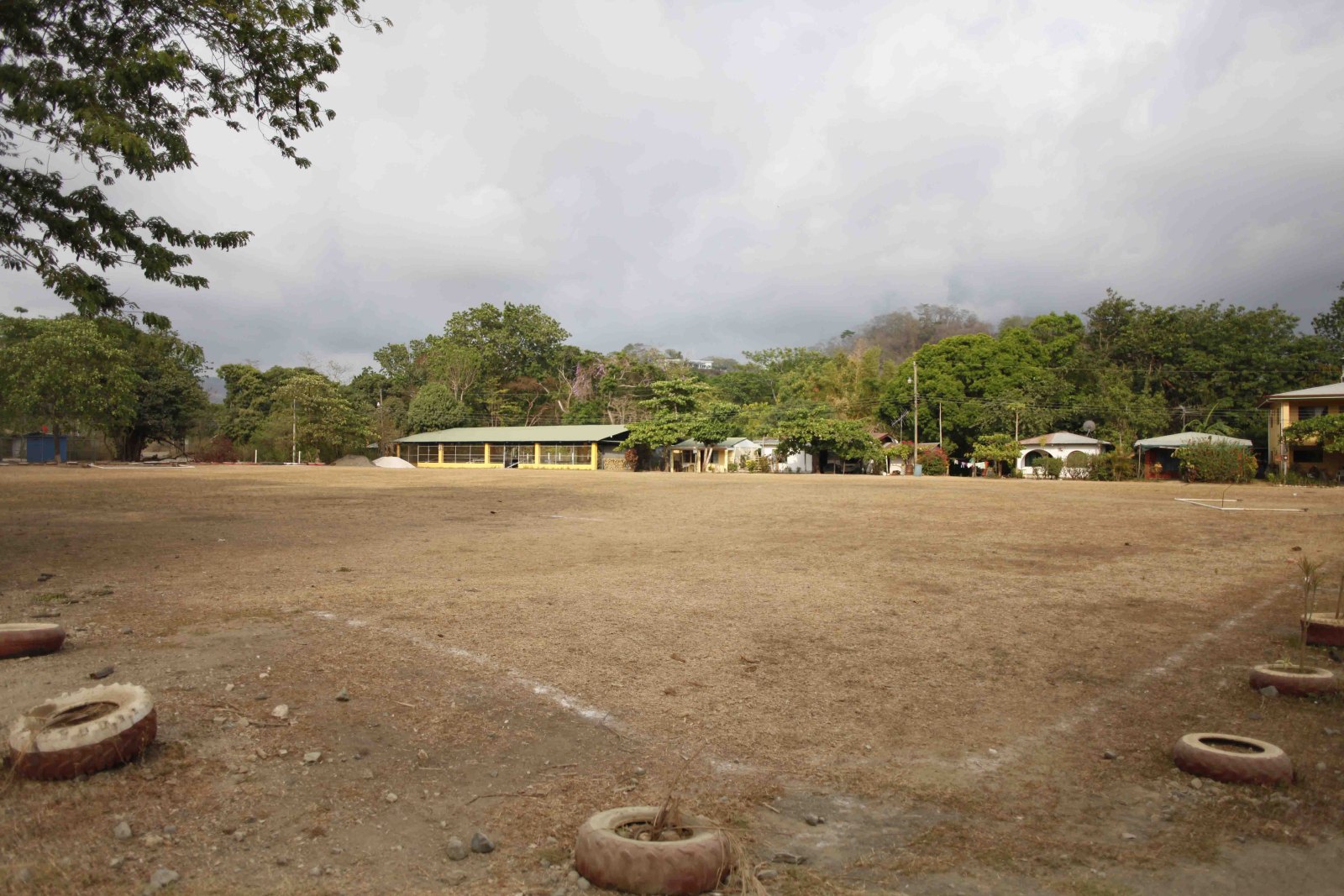

Comments